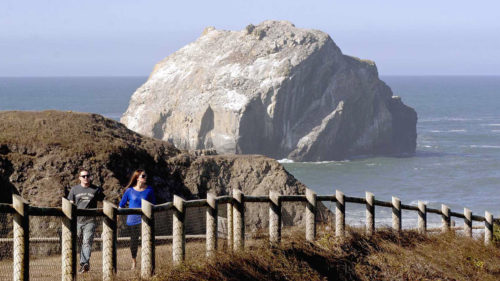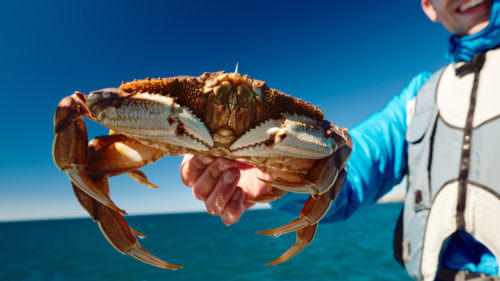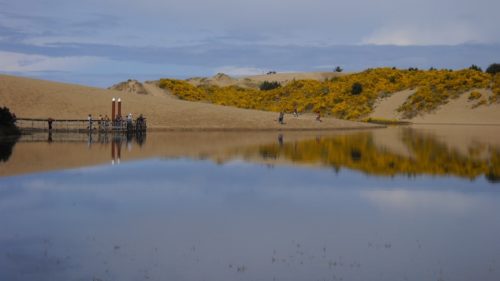A forest off Oregon’s windswept shores has been gaining attention among divers, scientists and environmentalists. This forest isn’t trees, however, but patches of bull kelp, which may be familiar to beach walkers as the long tubes with a bulbous head and streamers growing from the top. In the water, the bulbs act as floats and the streamers fill the water, offering nutrient-rich food and habitat for marine life. It’s known as a “foundation species” upon which many other creatures in the ecosystem depend on to survive, and it even reduces carbon dioxide in the atmosphere.
A remote outpost on the South Coast, Port Orford’s rocky outcroppings once provided plentiful habitat for this crucial seaweed species — which is disappearing along the Pacific Coast from California to British Columbia — so it’s no surprise that this working port town is a conservation hub, too.
Tom Calvanese, who manages the Oregon State University research and education field station at Port Orford, is part of a team of scientists called the Oregon Kelp Alliance, working to help protect kelp. Calvanese, who has spent years diving in the rocky outcroppings of Port Orford’s coves, has witnessed the decline in the area. “Ecosystem-level changes don’t occur overnight and they don’t occur everywhere at once,” he says.
The alliance works on a number of projects, many focused on raising community awareness of changes along the coastline. They also study the purple urchin, whose overgrazing has played a clear role in the disappearance of the kelp forests.
Calvanese believes everyone can play a part in kelp conservation. “I personally think we’re all scientists at heart,” he says. The first step is learning how to spot a seaweed that’s an important source of food and habitat for fish, crabs and larger mammals that feed in the waters rich with kelp, like Oregon’s gray whale.
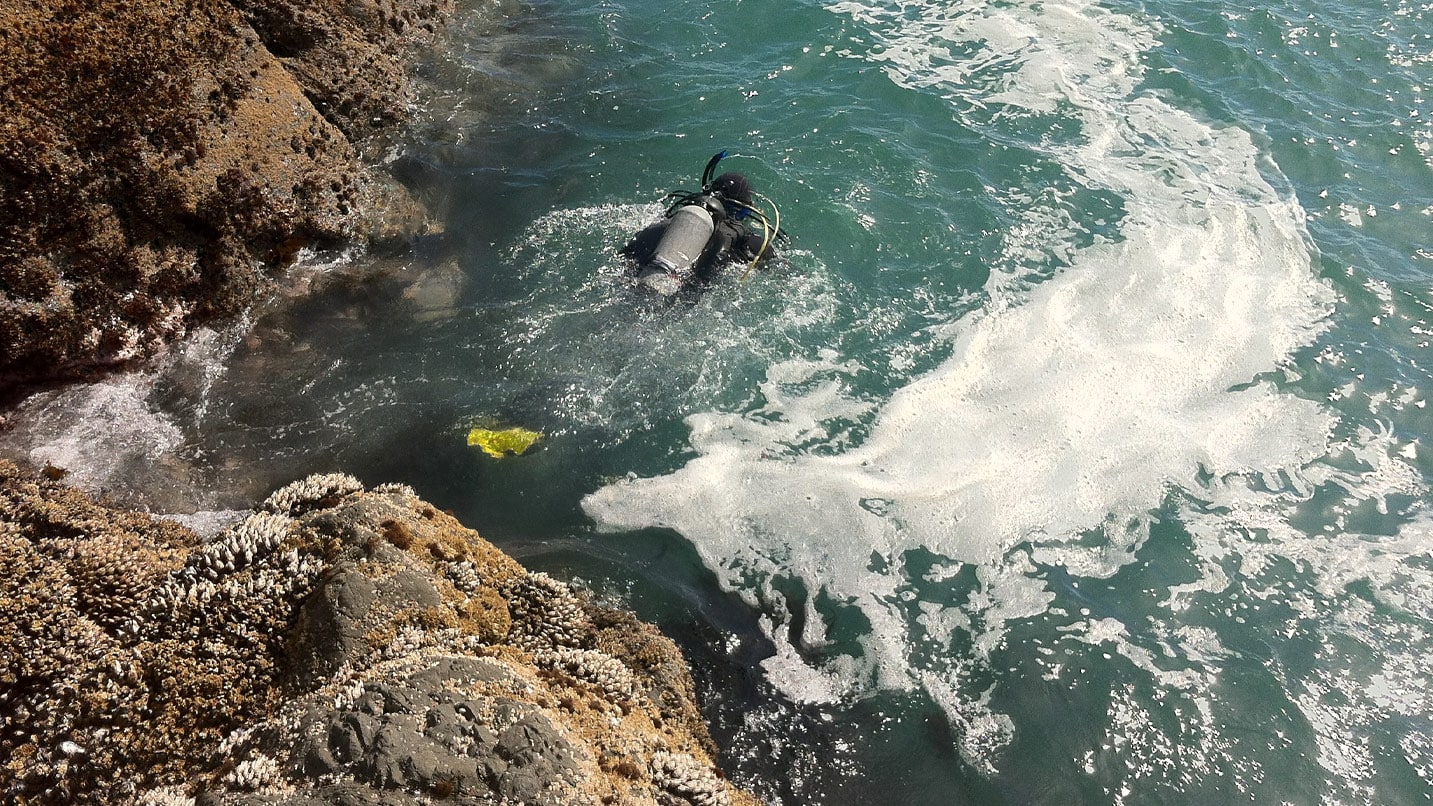
Dip a Paddle In
See kelp up close with South Coast Tours, which offers a 4-mile, three-hour kayaking and snorkeling tour that starts from Port Orford Heads State Park. You’ll paddle out to a secluded beach that’s accessible only by boat, then don snorkel gear and wade in. From the surface, try to spot a speckled rockfish, kelp anchored in rocky spots or clumps of spiky purple urchins. The tours are led by national freediving record holder Grant Hogan, and the crew provides all gear.
The trip is great for beginners because of the easy entry from the beach, says proprietor Dave Lacey. “You can stand in the shallow water and get acclimated to sticking your head underwater.”
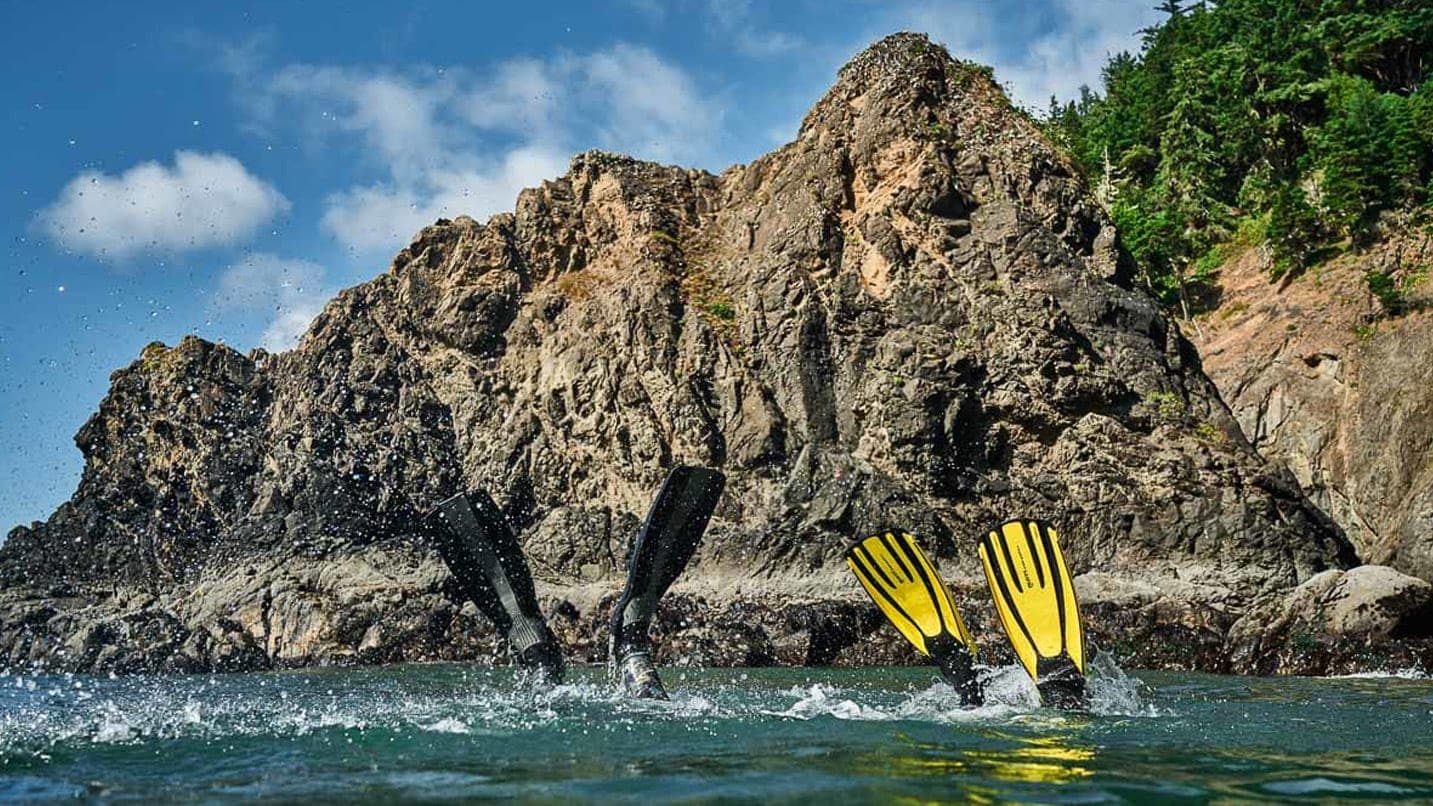
Take a Deep Dive
Oregon’s southern coast offers some of the state’s best underwater sightseeing, and some of the best remaining kelp forests. If scuba’s your thing, fill your tank for a small donation at the OSU Field Station in Port Orford, where a raised dive flag means the station is open. The best way to dive the Orford Reef is via a motorboat or kayak; contact South Coast Tours for rentals and guides.
If you’re an intermediate to advanced diver and don’t mind a rocky scramble, you can shore dive from the west side of the Port’s jetty. Keep an eye out for elusive and large sunflower sea stars — bearing 16 to 24 arms — or the groundfish called lingcod, whose signature move is perching, motionlessly, atop rocks.
Kelp Excursions on Foot
Once you get the lay of the land, do a little exploration onshore at low tide. If you enjoy a little climb, park at the Port of Port Orford. After admiring one of only a few dolly docks in the world — where fishing boats are raised and lowered into the water by crane — don your waterproof boots and carefully make your way down the rocks on the western side of the jetty to inspect the marine life on a calm day when the water levels are low.
In the cracks of the boulders, a number of seaweed species like long ribbons of alaria and several kinds of kelp wave in the tides. If you get lucky, you may even see one of the resident gray whales that like to surface just offshore.
Or just head down to Battle Rock Wayside Park and walk southwest, where you might see large tangles of bull kelp after storms.
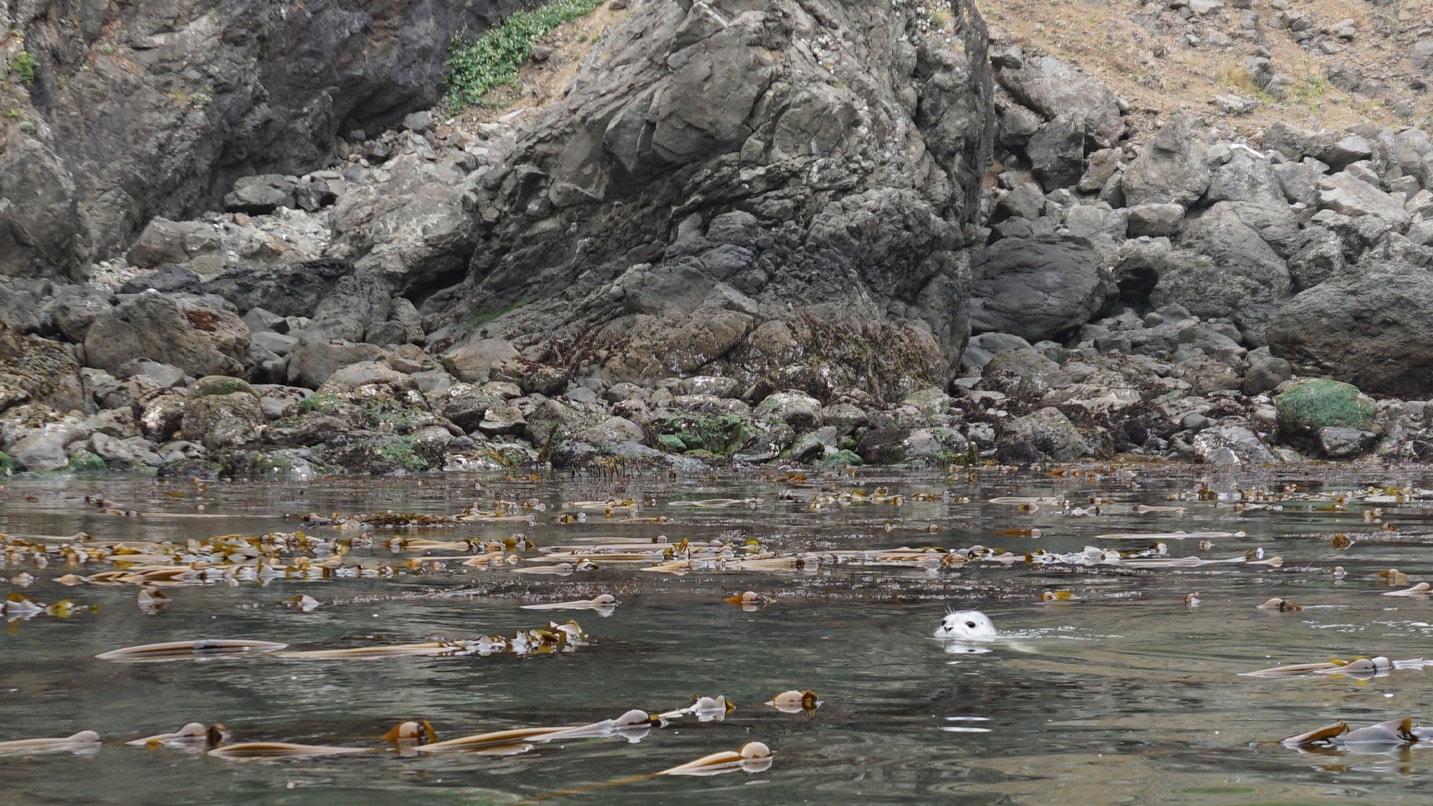
Become a Citizen Scientist
Once you can identify kelp, it’s time to take more action to conserve the critters who live in its embrace. The Redfish Rocks Community Team — a conservation group based at Redfish Rocks Marine Reserve between Rocky Point and Coal Point — collaborates with groups like the Oregon Shores Conservation Coalition. Recently, they trained volunteers on gathering and surveying marine debris. Keep an eye on the team’s Facebook page for upcoming event announcements.
By understanding a bit more about how the kelp ecosystem works and the creatures that depend on its health for survival, you’ll appreciate the coastline even more.
